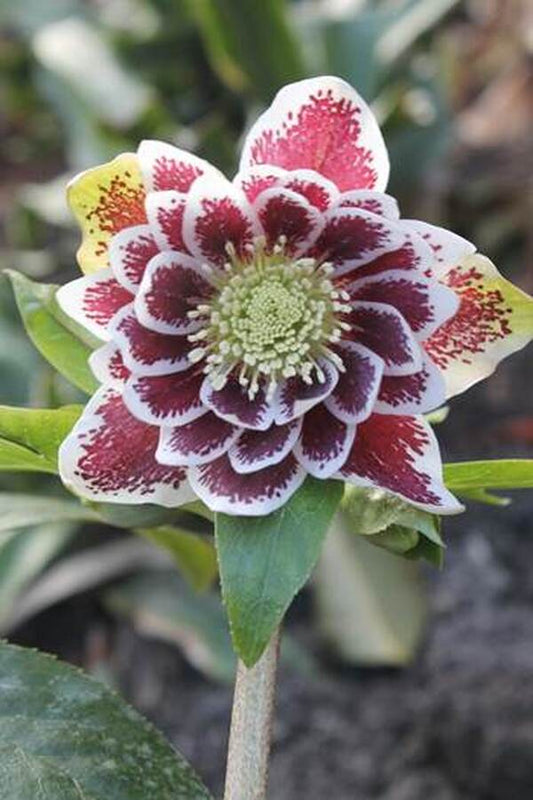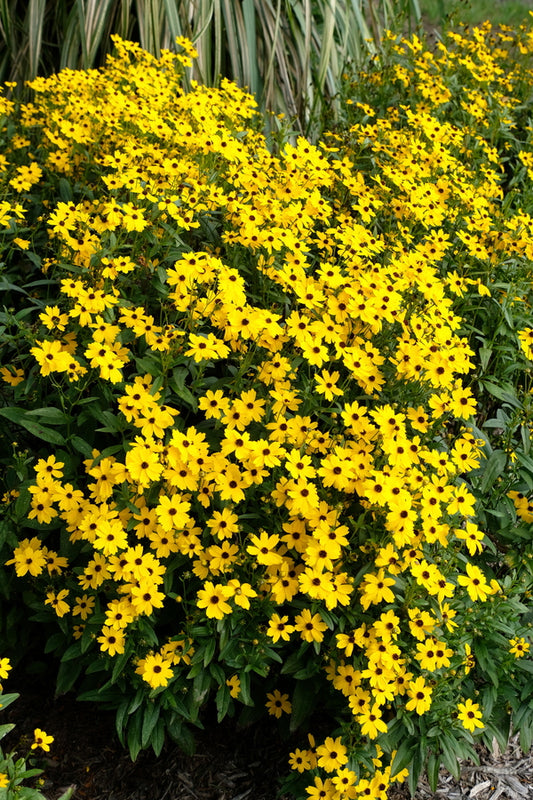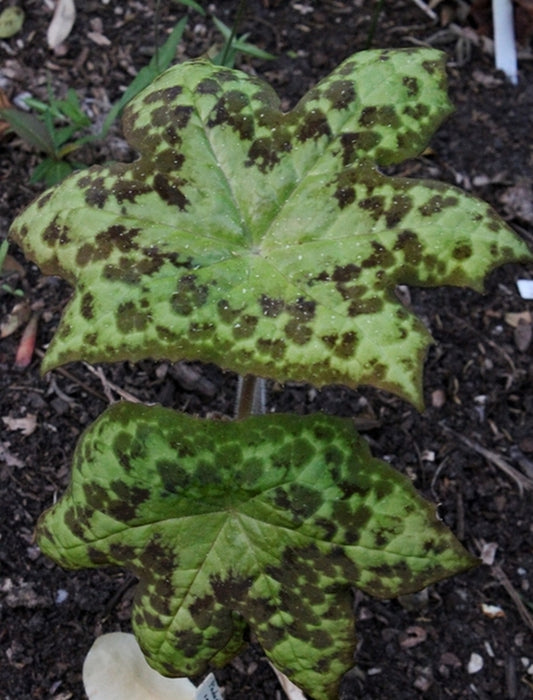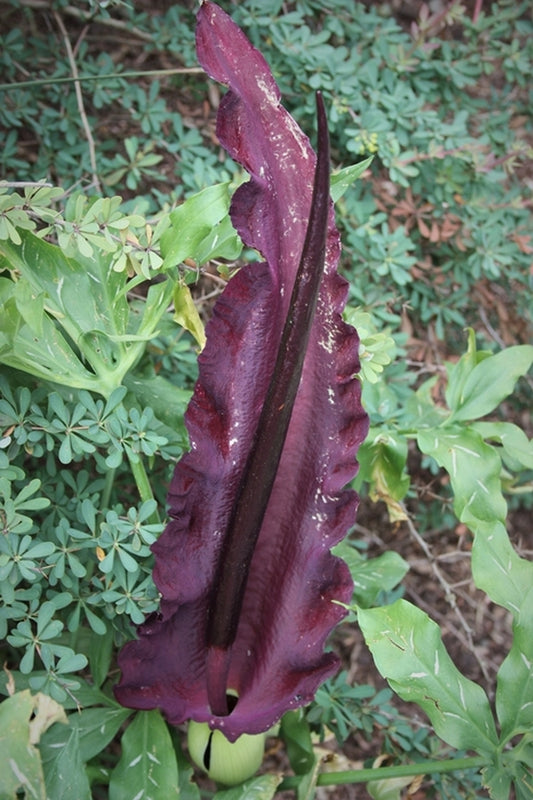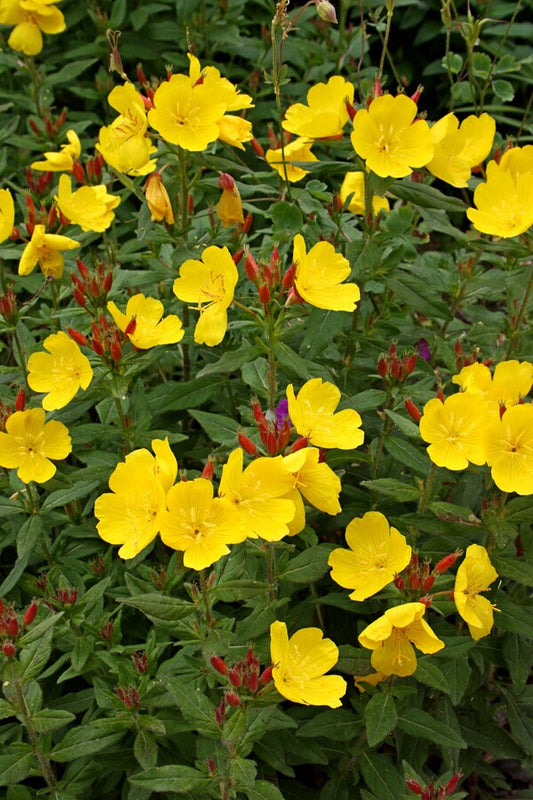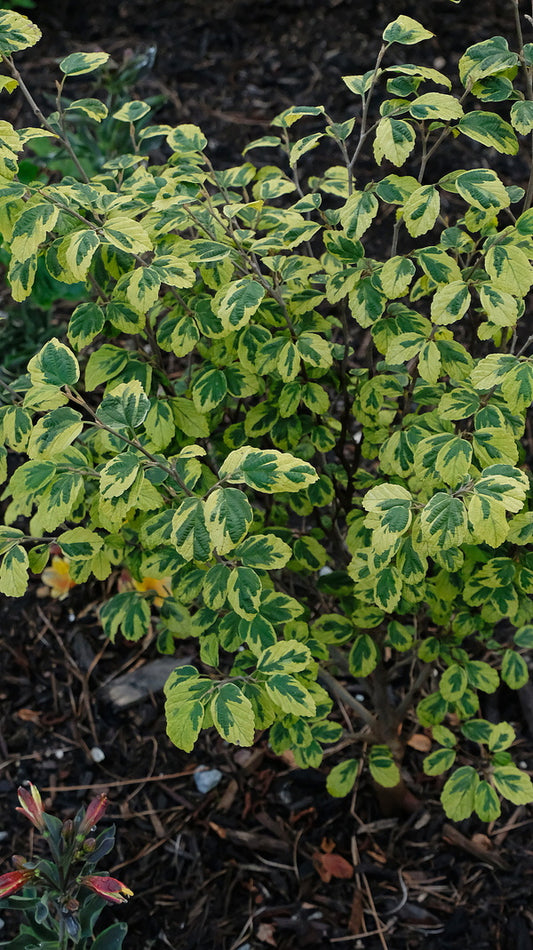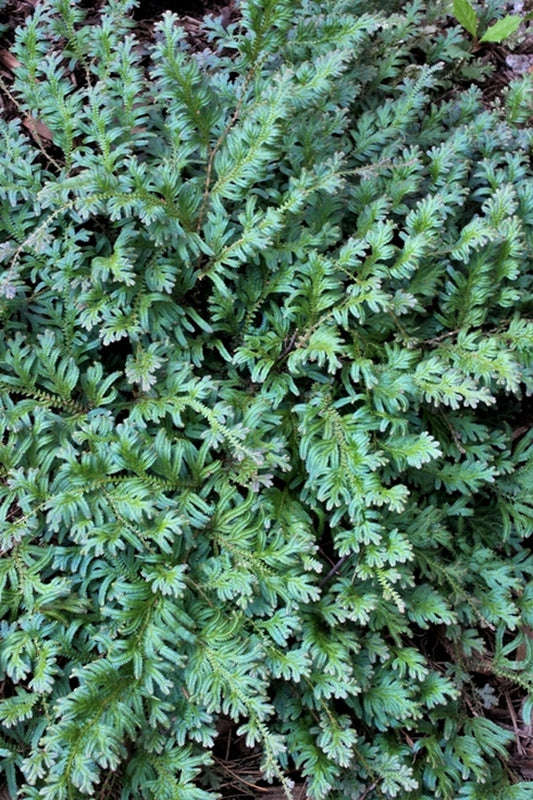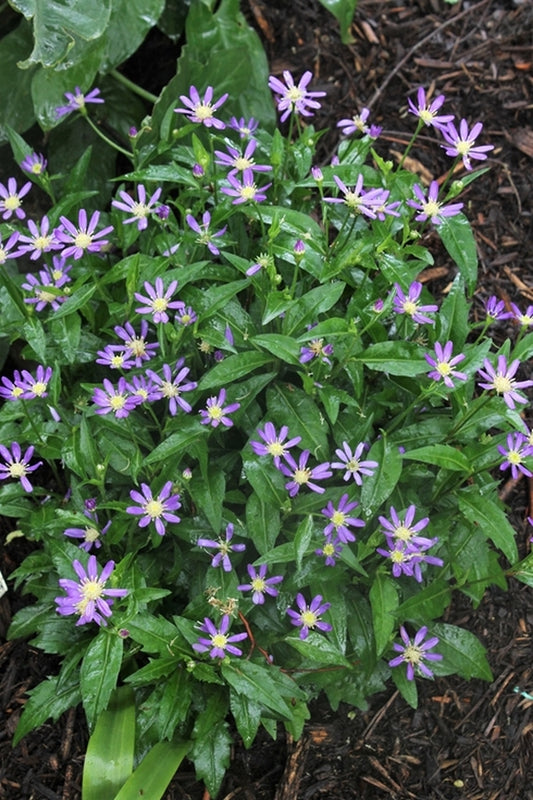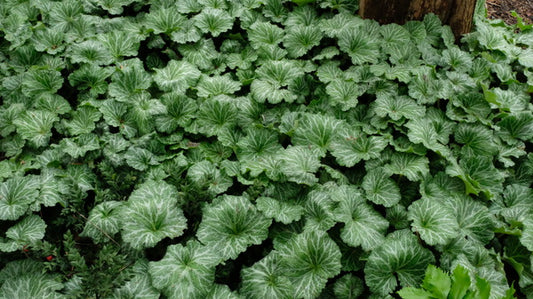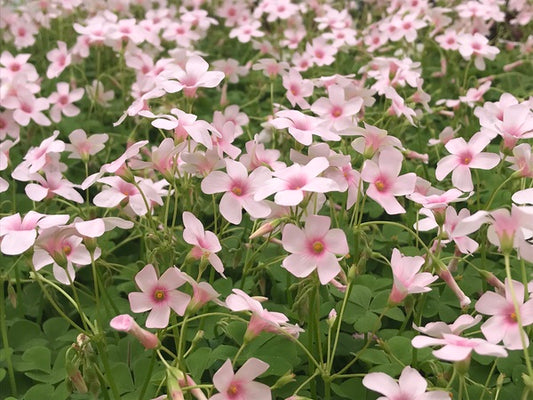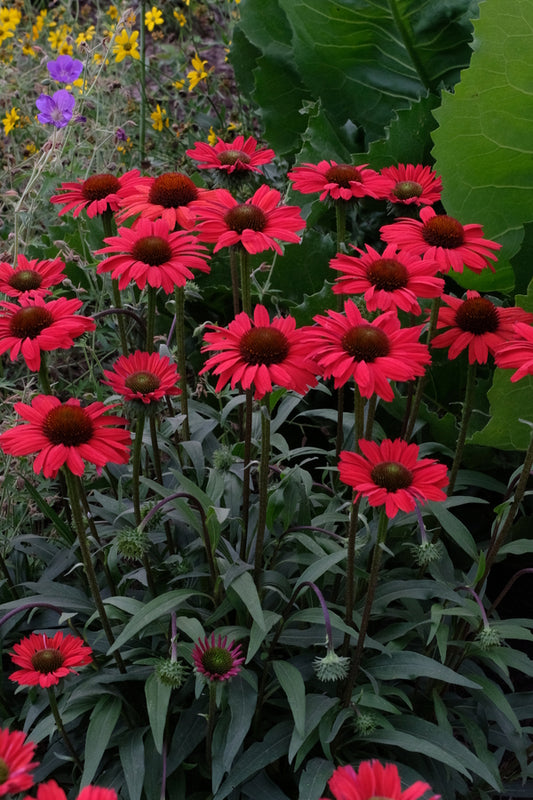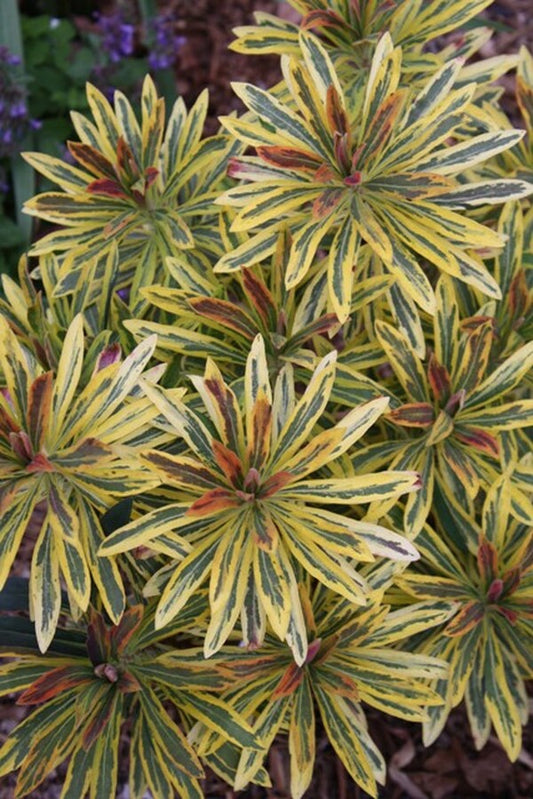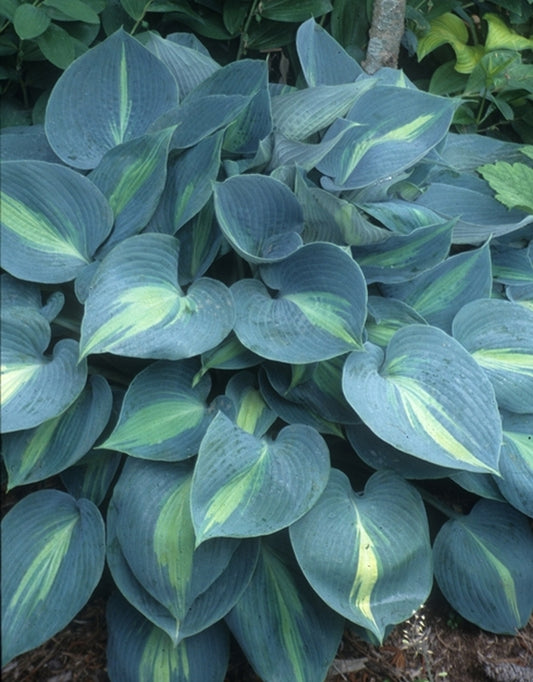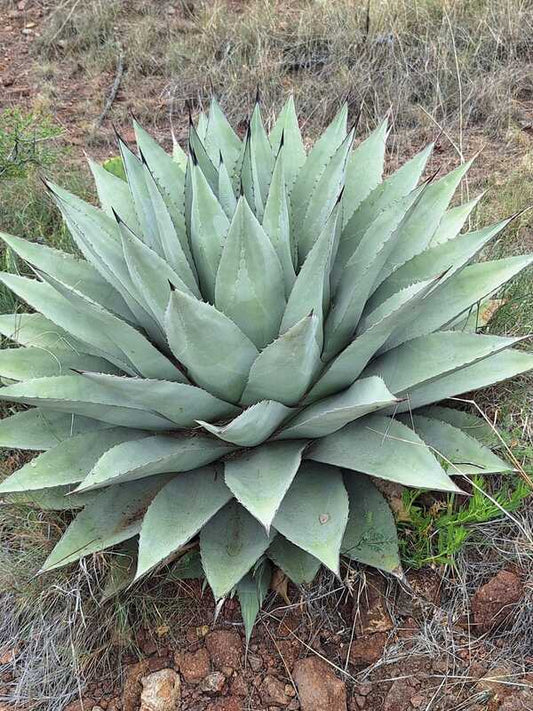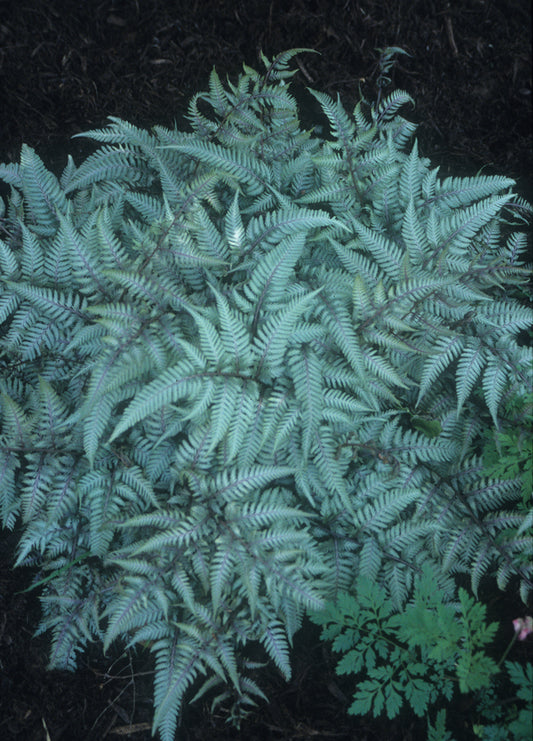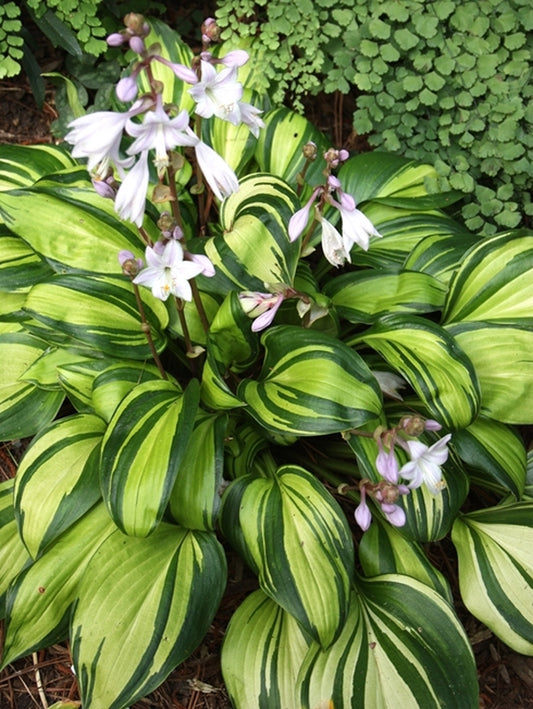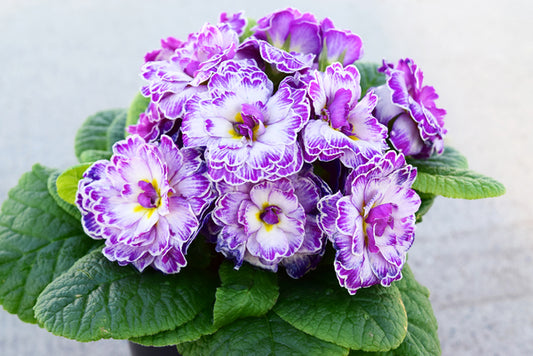Before shopping for plants based on your USDA Plant Hardiness Zone, please read our in-depth article about Plant Hardiness Zone Maps to understand their uses and their limitations.
Use the official USDA Hardiness Zone Map to determine your zone by zip code.
-
Helleborus x hybridus 'Painted Doubles'
Item #: 9747
Zones: 4a to 8b
Dormancy: Evergreen
Height: 15" tall
Culture: Part Sun to Light Shade
Origin: Hybrid
Pot Size: 3.5" pot (24 fl. oz/0.7 L)
Regular price $29.00Regular priceUnit price per -
Coreopsis palustris 'Summer Sunshine'
Item #: 3802
Zones: 6a to 9b, at least
Dormancy: Winter
Height: 30" tall
Culture: Sun to Light Shade
Origin: United States
Pot Size: 3.5" pot (24 fl. oz/0.7 L)
Regular price $22.00Regular priceUnit price per -
Podophyllum 'Spotty Dotty'
Item #: 6301
Zones: 5a to 8b
Dormancy: Winter
Height: 18" tall
Culture: Light Shade to Shade
Origin: Hybrid
Pot Size: 3.5" pot (24 fl. oz/0.7 L)
Regular price $55.00Regular priceUnit price per -
Dracunculus vulgaris
Item #: 2821
Zones: 5b to 8b
Dormancy: Summer, Fall
Height: 36" tall
Culture: Sun to Light Shade
Origin: Mediterranean Europe
Pot Size: Bare Root / 3.5" pot (24 fl. oz/0.7 L)
Regular price $25.00Regular priceUnit price per -
Oenothera fruticosa 'Fireworks'
Item #: 8719
Zones: 3a to 9b
Dormancy: Winter
Height: 20" tall
Culture: Sun to Part Sun
Origin: United States
Pot Size: 3.5" pot (24 fl. oz/0.7 L)
Regular price $20.00Regular priceUnit price per -
Acanthus mollis Reut, Israel
Item #: 9811
Zones: 7a to 10b, at least
Dormancy: Winter
Height: 24" tall
Culture: Part Sun to Shade
Origin: Mediterranean Europe
Pot Size: 3.5" pot (24 fl. oz/0.7 L)
Regular price $27.00Regular priceUnit price per -
Hamamelis virginiana 'Little Prospect'
Item #: 15003
Zones: 3a to 8b
Dormancy: Winter
Height: 120" tall
Culture: Sun to Light Shade
Origin: United States
Pot Size: 3 qt. (2.8 L)
Regular price $46.00Regular priceUnit price per -
Selaginella uncinata
Item #: 1451
Zones: 6a to 10b
Dormancy: Evergreen
Height: 6" tall
Culture: Part Sun to Light Shade
Origin: China
Pot Size: 3.5" pot (24 fl. oz/0.7 L)
Regular price $23.00Regular priceUnit price per -
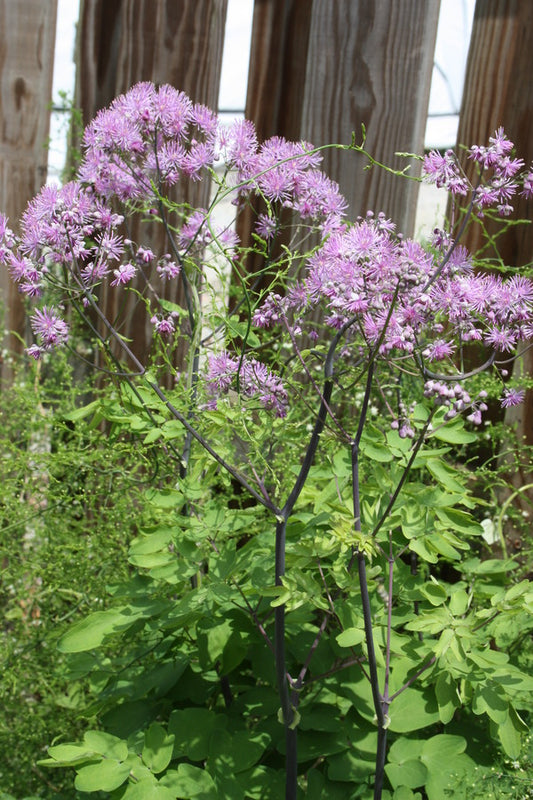 Sold out
Sold outThalictrum 'Black Stockings'
Item #: 6482
Zones: 5a to 8b, at least
Dormancy: Winter
Height: 72" tall
Culture: Sun
Origin: Hybrid
Pot Size: 3.5" pot (24 fl. oz/0.7 L)
Regular price $21.00Regular priceUnit price per -
Aster savatieri 'Edo Murasaki'
Item #: 9582
Zones: 5a to 8b
Dormancy: Winter
Height: 15" tall
Culture: Part Sun to Light Shade
Origin: Japan
Pot Size: 3.5" pot (24 fl. oz/0.7 L)
Regular price $23.00Regular priceUnit price per -
Selaginella moellendorffii
Item #: 3228
Zones: 7a to 10b
Dormancy: Evergreen
Height: 5" tall
Culture: Part Sun to Shade
Origin: Asia
Pot Size: 3.5" pot (24 fl. oz/0.7 L)
Regular price $23.00Regular priceUnit price per -
Saxifraga stolonifera 'Nezu Jinja'
Item #: 11494
Zones: 3a to 9b
Dormancy: Evergreen
Height: 5" tall
Culture: Part Sun to Shade
Origin: Eastern Asia
Pot Size: 3.5" pot (24 fl. oz/0.7 L)
Regular price $21.00Regular priceUnit price per -
Oxalis crassipes 'Cherry Spritzer'
Item #: 12350
Zones: 6a to 9b, at least
Dormancy: Winter
Height: 10" tall
Culture: Part Sun to Light Shade
Origin: Argentina, Brazil
Pot Size: 3.5" pot (24 fl. oz/0.7 L)
Regular price $22.00Regular priceUnit price per -
Brunnera macrophylla 'Queen of Hearts' PP 32,737
Item #: 15741
Zones: 3a to 7b
Dormancy: Winter
Height: 18" tall
Culture: Light Shade to Shade
Origin: Mediterranean Europe
Pot Size: 3.5" pot (24 fl. oz/0.7 L)
Regular price $22.00Regular priceUnit price per -
Primula vulgaris 'Belarina Pink Ice' PP 16,598
Item #: 15880
Zones: 5a to 7b, at least
Dormancy: Summer
Height: 7" tall
Culture: Light Shade
Origin: Hybrid
Pot Size: 3.5" pot (24 fl. oz/0.7 L)
Regular price $20.00Regular priceUnit price per -
Echinacea 'Kismet Red' PP 29,743
Item #: 14336
Zones: 4a to 9b
Dormancy: Winter
Height: 18" tall
Culture: Sun
Origin: United States Hybrid
Pot Size: 3.5" pot (24 fl. oz/0.7 L)
Regular price $22.00Regular priceUnit price per -
Euphorbia x martinii 'Ascot Rainbow' PP 21,401
Item #: 8887
Zones: 6b to 8b, guessing
Dormancy: Evergreen
Height: 20" tall
Culture: Sun
Origin: Hybrid
Pot Size: 3.5" pot (24 fl. oz/0.7 L)
Regular price $21.00Regular priceUnit price per -
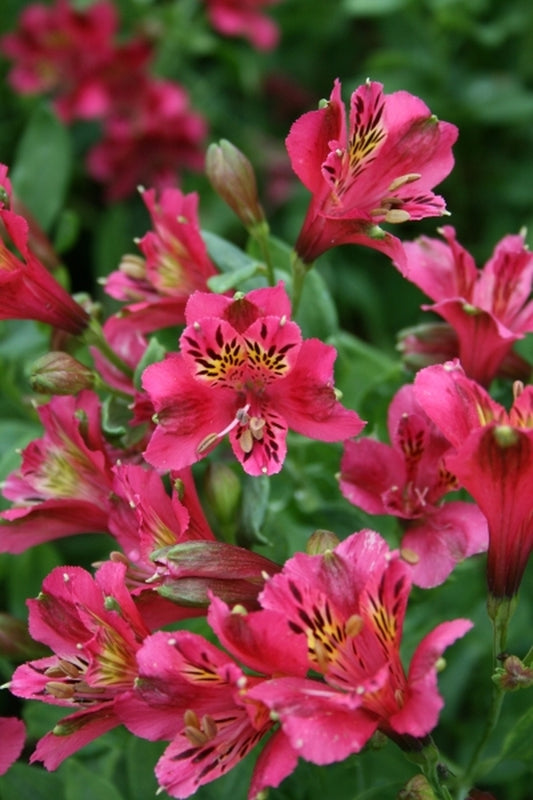 Sold out
Sold outAlstroemeria 'Patricia Lynn'
Item #: 4643
Zones: 6a to 8b
Dormancy: Winter
Height: 24" tall
Culture: Sun to Part Sun
Origin: Hybrid
Pot Size: 3.5" pot (24 fl. oz/0.7 L)
Regular price $32.00Regular priceUnit price per -
Hosta 'Touch of Class'
Item #: 4625
Zones: 3a to 8b
Dormancy: Winter
Height: 12" tall
Culture: Light Shade
Origin: Hybrid
Pot Size: 2 qt. (1.9 L)
Regular price $32.00Regular priceUnit price per -
Agave havardiana
Item #: 5007
Zones: 5a to 9b
Dormancy: Evergreen
Height: 20" tall
Culture: Sun
Origin: Mexico, United States
Pot Size: 3.5" pot (24 fl. oz/0.7 L)
Regular price $31.00Regular priceUnit price per -
Athyrium niponicum 'Silver Falls'
Item #: 3889
Zones: 4a to 8b
Dormancy: Winter
Height: 20" tall
Culture: Part Sun to Shade
Origin: Japan
Pot Size: 3.5" pot (24 fl. oz/0.7 L)
Regular price $23.00Regular priceUnit price per -
Hosta 'Rainbow's End'
Item #: 6035
Zones: 3a to 8b
Dormancy: Winter
Height: 4" tall
Culture: Light Shade
Origin: Hybrid
Pot Size: 2 qt. (1.9 L)
Regular price $29.00Regular priceUnit price per -
Primula vulgaris 'Belarina Lively Lilac'
Item #: 15881
Zones: 5a to 7b, at least
Dormancy: Summer
Height: 7" tall
Culture: Light Shade
Origin: Hybrid
Pot Size: 3.5" pot (24 fl. oz/0.7 L)
Regular price $20.00Regular priceUnit price per -
Phlomis fruticosa
Item #: 779
Zones: 7a to 10b
Dormancy: Evergreen
Height: 30" tall
Culture: Sun
Origin: Mediterranean Europe
Pot Size: 3.5" pot (24 fl. oz/0.7 L)
Regular price $24.00Regular priceUnit price per
More Information About Plants for Zone 7
Zone 7a and Zone 7b Plants
Many of the perennial plants in our catalog are well-suited for Zones 7a or 7b. After all, Plant Delights Nursery and Juniper Level Botanic Garden are located in Zone 7b. Several of our favorite species of acanthus, achillea, agave, baptisia, bletilla, buddleia, carex, cyclamen, cypripedium, dianthus, echinacea, epimedium, hellebores, heuchera, hosta, iris, lycoris, monarda, muhlenbergia, paeonia, phlox, podophyllum, rhodophiala, rohdea, salvia, sarracenia, and trillium thrive in Zones 7a and 7b. Be sure to read how we assign hardiness zones to our plants.
The USDA Plant Hardiness Zone Map is based on the average annual minimum winter temperature, divided into 10-degree F zones. Each zone is then subdivided into 5-degree F sub-zones. Zone numbers increase as you move from north to south.
Zone 7a annual minimum winter temperatures should be 0 to 5 °F (-18 to -15 °C). Zone 7b annual minimum temperatures should be 5 to 10 °F (-15 to -12 °C). Keep in mind that the zone designation does not tell you how many days the area may reach those average minimums. There can also be a major difference between what plants will grow in the 'a' or 'b' sub-zones.


